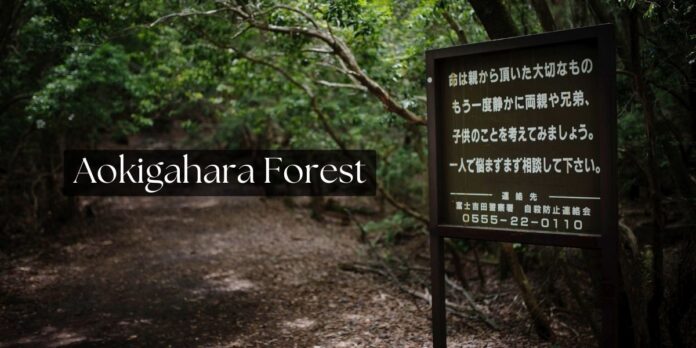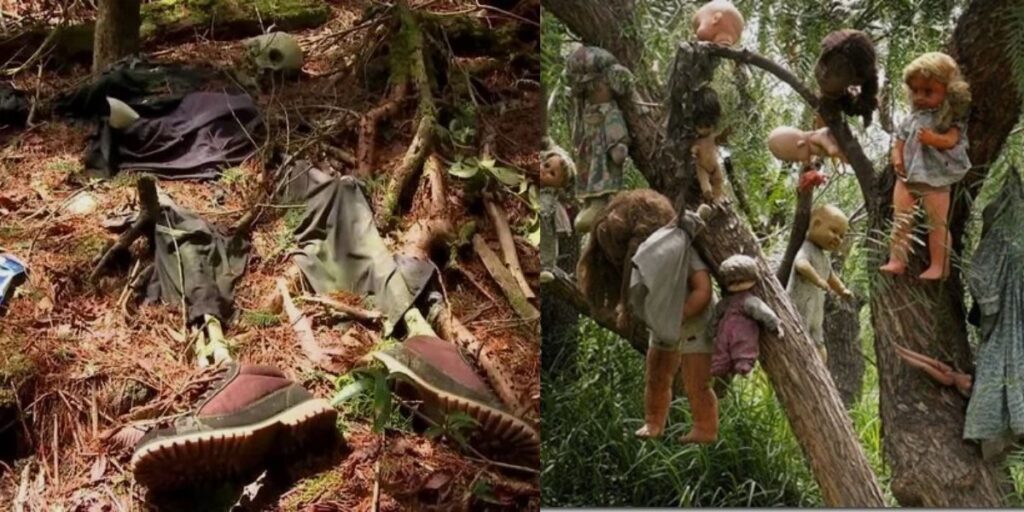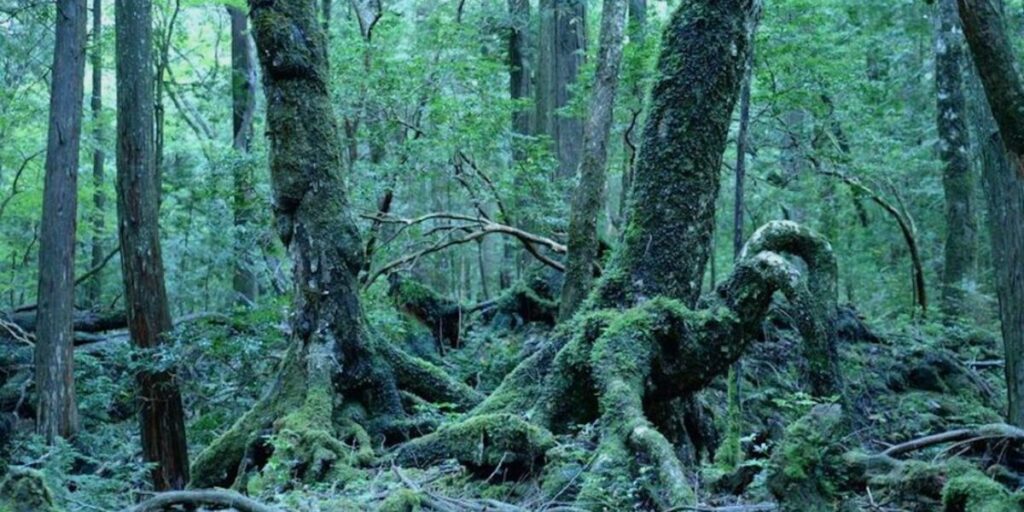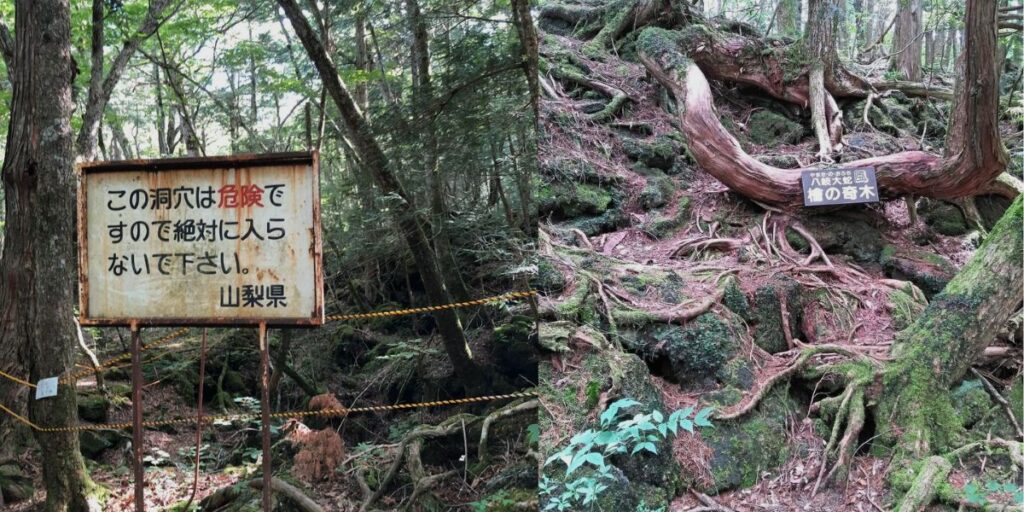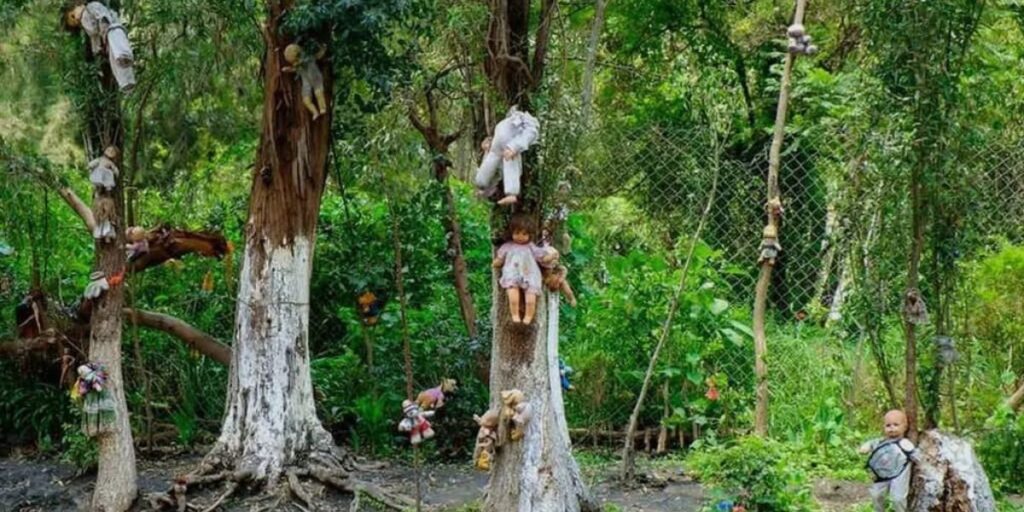In the shadow of Mount Fuji lies Aokigahara Forest, a place steeped in mystery, fascination, and a somber reputation. This dense woodland, known also as the Sea of Trees or Suicide Forest, has captivated imaginations worldwide, sparking curiosity and a mixture of awe and fear. What is Aokigahara Forest famous for, and can you truly venture into its depths?
Aokigahara’s Infamous Reputation
Aokigahara Forest has gained notoriety primarily for its association with suicide. It’s a haunting reality that this serene and beautiful landscape has become one of the world’s most prevalent sites for individuals seeking to end their lives. The forest’s reputation as a place of desolation and despair has been perpetuated by various media portrayals, contributing to its global recognition.
Can You Explore Aokigahara Forest?
While Aokigahara is a real place, it’s important to approach it with respect and caution. The forest is vast and largely untouched, with dense foliage that can make navigation difficult. There are marked trails for hikers, but venturing off these paths is discouraged due to the risk of getting lost. Moreover, out of respect for those who have tragically ended their lives here, it’s advised to tread lightly and avoid treating the forest as a mere tourist attraction.
Aokigahara: Myth vs. Reality
One common question that arises is whether Aokigahara is based on a true story. The forest’s association with suicide is indeed grounded in reality, with a significant number of individuals having taken their lives within its depths. However, the forest is more than just a backdrop for tragic events. It’s a thriving ecosystem with a rich history dating back centuries.
The Age and History of Aokigahara Forest
Aokigahara’s origins can be traced back to volcanic activity from Mount Fuji, which last erupted in 864 AD. The forest itself is estimated to be around 1,200 years old, slowly growing on the hardened lava that flowed from the mountain. Over time, the forest has become a symbol of endurance and resilience, with its trees and vegetation adapting to the challenging volcanic soil.
Cultural Significance and Folklore
Beyond its tragic association, Aokigahara holds cultural significance in Japan. The forest features in various myths and legends, is often depicted as a place where spirits dwell. It’s believed that the forest is haunted by yurei, vengeful spirits of the dead, adding to its mystique. Despite the darkness surrounding its reputation, Aokigahara is also viewed as a place of spiritual energy and natural beauty.
Aokigahara in Popular Culture
The forest has captured the imagination of storytellers and filmmakers worldwide. One notable example is the film “The Forest” (2016), starring Natalie Dormer, which drew inspiration from Aokigahara’s eerie reputation. While the movie takes creative liberties, it reflects the enduring fascination with this enigmatic locale.
Respecting Aokigahara
For those interested in visiting Aokigahara, it’s essential to approach the forest with reverence. Hikers and tourists are urged to stay on designated trails, follow safety guidelines, and refrain from disturbing the environment. While the allure of exploring such a unique landscape is undeniable, it’s crucial to honor the forest’s solemn history and the lives affected by its tragic reputation.
Conclusion:
In conclusion, Aokigahara Forest is famous for its association with suicide, but it is also a place of profound natural beauty and cultural significance. Its age and history are intertwined with the geological forces that shaped Mount Fuji and the surrounding landscape. While the forest’s reputation may evoke curiosity and intrigue, it’s essential to approach Aokigahara with respect and mindfulness. Ultimately, the story of Aokigahara is a complex tapestry of myth, reality, and the enduring power of nature.

